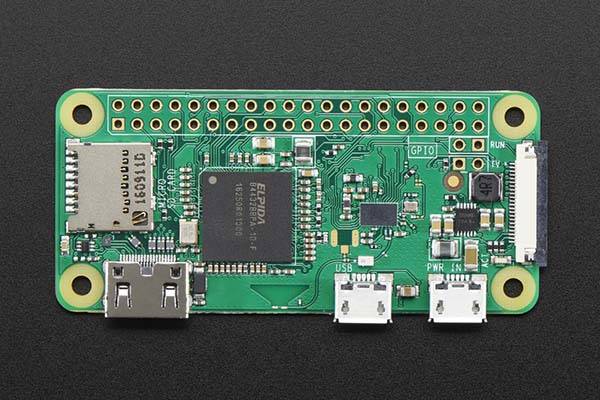


To enable ssh add an empty ssh file to the boot partition. You can set the wpa_nf access back to 600 if you want to revert to original (otherwise a hacker could theoretically access your wifi). To add the wireless setting to the wpa_nf file: # setup the wireless connection # give everyone r/w access to the conf file so you can append to it sudo chmod 666 /etc/wpa_supplicant/wpa_nf # now append the wireless info to the conf file sudo wpa_passphrase myPSID myPassword >/etc/wpa_supplicant/wpa_nf # wpa_passphrase creates the password, psid text # that gets added to the wpa_nf file # it looks like this # network= # now you can reboot and it will connect to your wireless Boot and then follow the next two sections.

Setup using Keyboard and MonitorĬonnect a keyboard and monitor to your Raspberry PI. This will let the PI Zero W connect to your wireless and enable SSH. If you already have a Raspberry Pi or a working Linux system you can just create the ssh file and the wpa_supplicant files as shown below and add them to the sdcard. If you don’t have a Linux system around, boot the Raspberry Pi with a monitor and keyboard. This setup will work with any version of Raspbian Jessie or later. Setting up Raspbian Lite is awkward with only a Pi Zero W because the wireless has to be configured. I use Raspbian Lite because the only thing we’re doing with this Pi is using it as a camera. It’s simpler to set up, doesn’t require a user’s code repository, and has documentation. Update: at this time I’ve started trying out uv4l (see the writeup below) and feel it may be better than using mjpg-streamer. The version of mjpg-streamer I use is the same one that Octoprint uses, so it comes from a specific github repository. Broadcom now has a V4L2 driver available for the Pi Camera but this version of mjpg-streamer has a direct camera driver. I use mjpg-streamer because I’ve gone through the code personally and it’s remarkably efficient. I spent quite some time trying to find software that would be fast and efficient.Īfter going through the usual Raspberry Pi documentation and StackOverflow and Google I finally went back to my preferred solution. Well, this article is about software so… Software Intro The final box will be a different color and have an aluminum faceplate.

The box snaps together (even though there are screw holes just in case). I printed this rather ugly box to put it into because it’s an industrial application where it gets installed on a system and a rectangular box is the optimal shape.


 0 kommentar(er)
0 kommentar(er)
